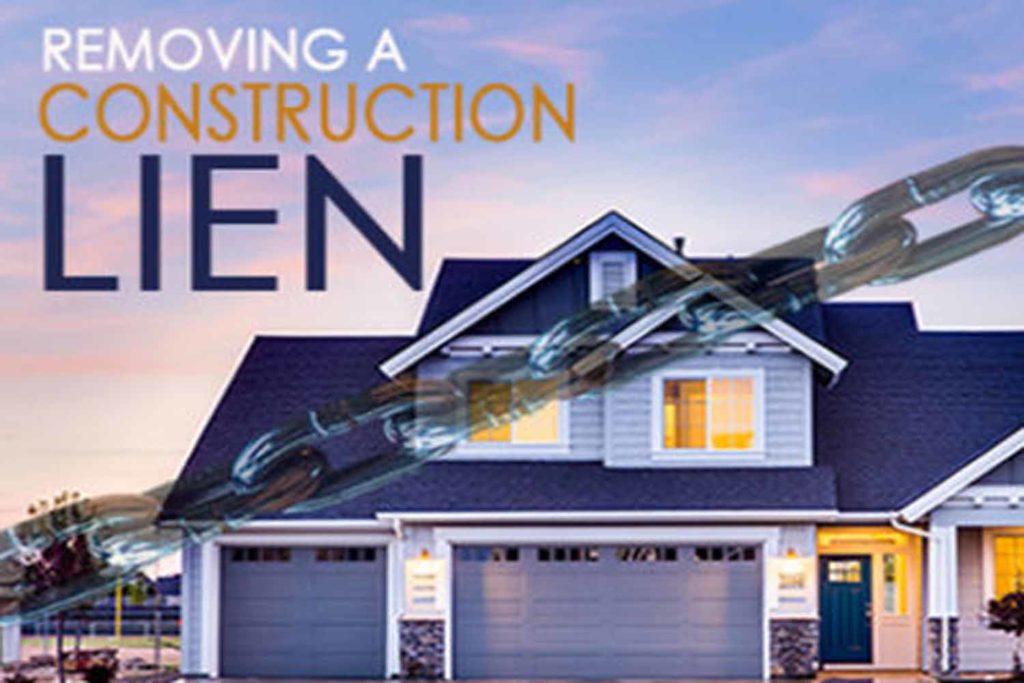When contractors and other persons are not paid for their work on a private construction project in Florida, they may resort to recording a construction claim of lien on that property. That construction lien will serve as an encumbrance on the property, like a mortgage, until it is resolved or satisfied. Typically, a construction lien is good for one year from the date it is recorded in the public records.
Florida law prescribes various ways that a construction lien can be removed from real property, as well as ways in which the duration of the construction claim of lien may be shortened. This blog post does not attempt to address all the ways to remove a construction lien from real property or shorten the duration of a construction lien in Florida. Instead, this post focuses on what is called the “show cause” complaint option of addressing construction lien claims, as provided in Florida Statute §713.21(4).
The relevant portion of the above-referenced statute provides that a lien may be satisfied:
(4) [b]y an order of the circuit court of the county where the property is located, as provided in this subsection. Upon filing a complaint therefor by any interested party the clerk shall issue a summons to the lienor to show cause within 20 days why his or her lien should not be enforced by action or vacated and canceled of record. Upon failure of the lienor to show cause why his or her lien should not be enforced or the lienor’s failure to commence such action before the return date of the summons the court shall forthwith order cancellation of the lien.
In a “show cause” complaint, an interested party can file a lawsuit requiring a lienor to show cause within 20 days why his or her lien should not be enforced by action or vacated and canceled of record. Florida courts refer to this as a “special statutory proceeding” in which Florida courts cannot alter deadlines, as they might otherwise. See KA Properties, LLC v. USA Construction, Inc., 35 So. 3d 1015 (5th DCA 2010). As the court in KA Properties noted, “the [show cause] procedure is intended to hasten the resolution of the lien claim by forcing the hand of the claimant.” After being served with the “show cause” complaint, the lienor must: (a) file a construction lien foreclosure action or (b) show cause why enforcement of the lien should not commence. Id. at 1016. If the lienor fails to timely act as to option (a) or option (b), the construction lien will be canceled.
When faced with a show cause complaint, a lienor could file a counterclaim to foreclose on the lien. Brookshire v. GP Const. of Palm Beach, Inc., 993 So. 2d 179 (Fla 4th DCA 2008). The lienor could also file a foreclosure action in a separate lawsuit, as long as that lawsuit was filed in the requisite 20-day time period in Florida Statute §713.21(4). Goldberger v. United Plumbing & Heating, Inc., 358 So. 2d 860 (Fla. 4th DCA 1978).
However, a lienor’s response to a show cause complaint must not simply assert its construction claim of lien is valid and not exaggerated. KA Properties, LLC, 35 So. 3d at 1016. Similarly, filing a motion to compel arbitration will not satisfy the requirements of 713.21(4) of the Florida Statutes. Id. These types of responses to a show cause complaint, without more, will result in Florida courts cancelling the construction lien.
The Florida Construction Lien law is complex, and the applicable statutory mechanisms for handling lien claims are highly technical. As a lienor, if you are served with a show cause complaint, you should consult counsel in order to handle this special statutory action appropriately. As an owner, and prior to filing a show cause complaint, you should consult counsel to understand the ramifications of filing such a lawsuit.

